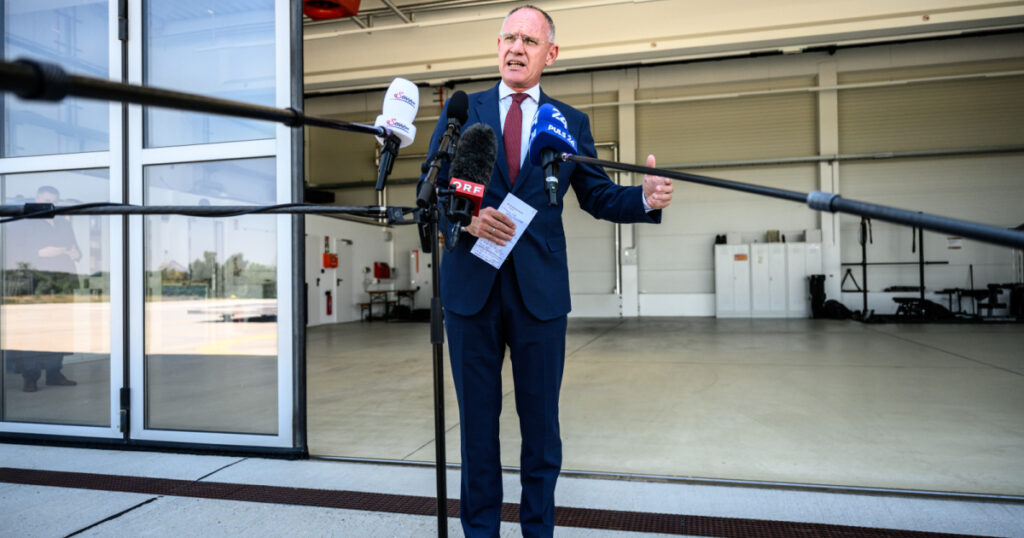
After the end of the third quarter, figures show that the decline in asylum applications has remained consistently stable this year. In the first nine months, there were 13,032 applications—32 percent fewer than in the same period last year. Across Europe as a whole, the decrease was only 19 percent. Notably, the proportion of female asylum seekers—like in 2024—remains higher than in previous years. More than half of all refugees are under 18. Meanwhile, 662 Syrians have voluntarily left the country.
Since the fall of the Assad regime, the Interior Ministry has initiated more than 8,450 revocation procedures. Individuals with valid residence status and integration through work or education are not affected. The ministry has also intensified voluntary return programs with counseling services. According to the Interior Ministry, more than 1,350 counseling sessions have been conducted by the Federal Agency for Care and Support Services, which also offers financial assistance of up to €1,000.
Most Asylum Applications Still From Syrians
In September, most asylum applicants still came from Syria (354), though the majority were newborn children in Austria (197), according to the ministry. Overall, however, Afghans are the largest group of applicants this year, with 4,249 people from the Taliban-ruled country applying for asylum.
Nearly 4,000 Afghans have been granted asylum so far in 2025. Their recognition rate this year stands at 76 percent, compared to just 20 percent for Syrians. Applications from Syrians have only been considered in exceptional cases since the regime change in Damascus. In total, 8,860 protection titles were granted in the first nine months—around 6,500 of which were full asylum statuses. The remainder were for subsidiary or humanitarian protection.
Since 2024, More Women Seeking Asylum
The profile of asylum seekers has shifted. Two years ago, only around 24 percent of applicants were women; in both 2024 and 2025, the share rose sharply to 42 percent. This is partly due to easier asylum access for Afghan women—many of whom previously held subsidiary protection status and are now applying for asylum. The share of young applicants remains high: 50.8 percent of asylum seekers are 18 or younger.
Of the 10,463 deportations carried out by the Federal Office for Immigration and Asylum, 5,516 people (53 percent) left voluntarily, while 4,947 (47 percent) were deported by force. Half of those forcibly removed had criminal convictions.
Chancellor Stocker: Deportations To Syria And Afghanistan Should Become Standard
Chancellor Christian Stocker (ÖVP) emphasized in a written statement the importance of deporting refugees who have committed crimes: “Deportations to Syria and Afghanistan must become standard practice.” He said Austria must show zero tolerance for those who exploit its generosity. Interior Minister Gerhard Karner (ÖVP) stated that the government’s measures to curb illegal migration “down to near zero” are showing results.
The situation in Austria’s basic welfare system is also gradually improving. Currently, 55,172 people receive basic care, more than 30,000 of them displaced from Ukraine. This year alone, the number of people in the welfare system has dropped by 13,000.

